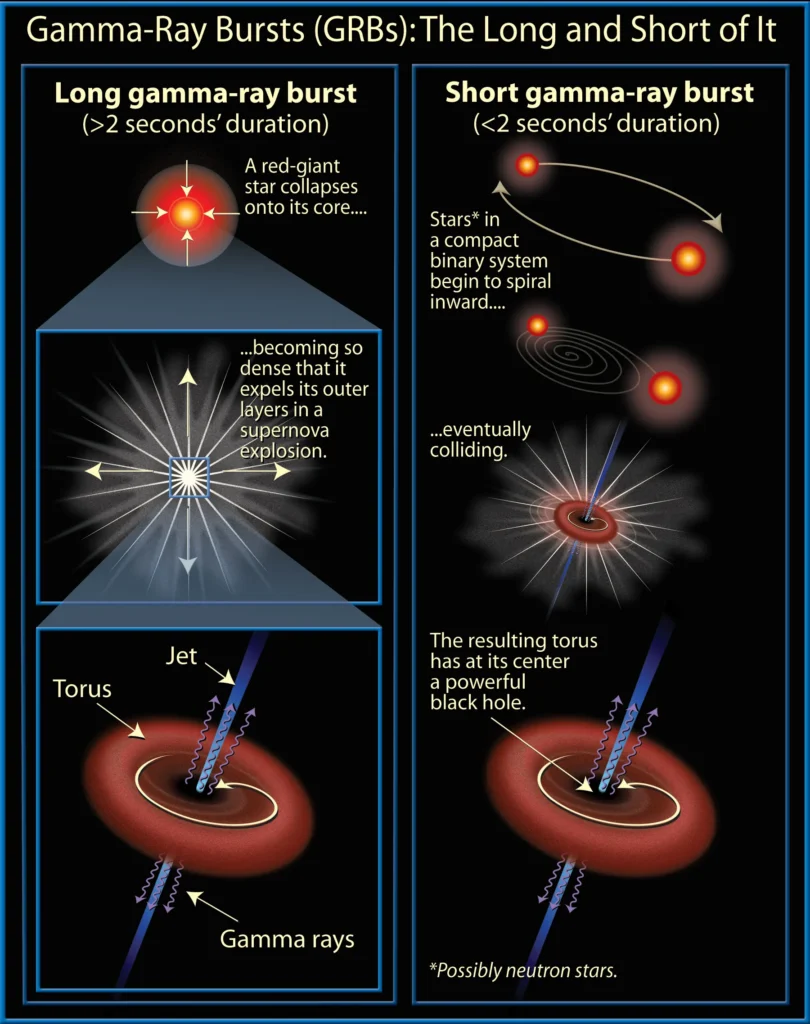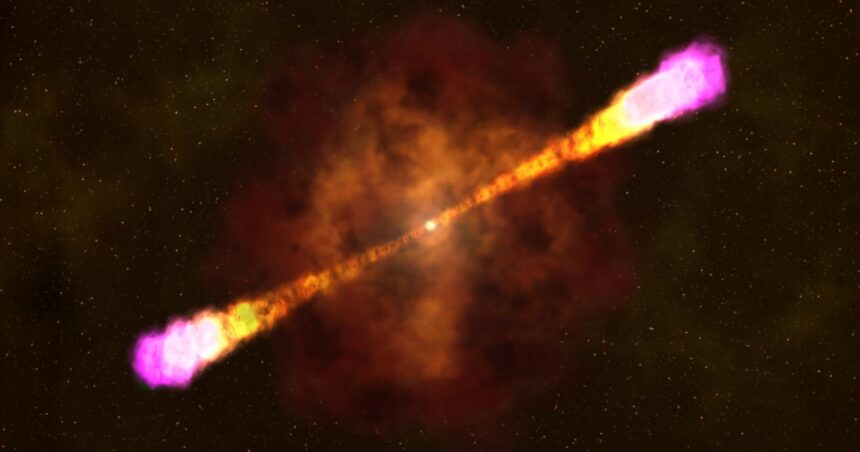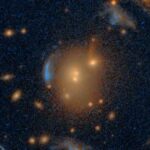Astronomers listed over 500 new extremely powerful cosmic explosions. These powerful cosmic explosions are known as Gamma Ray Bursts (GRBs). Such explosions are the biggest in the Universe. This catalog made important discoveries in the field of astronomy.
GRBs release more energy than the Sun and are incredibly powerful. It releases more energy in a few seconds than the Sun will in its 10-billion-year lifetime. After burst, they can last for a few seconds to several minutes. Its brightness is so intense that GRBs can be visible from outside the galaxy.
Fifty astronomers team from all over the world created this 500 GRBs catalog. The team led by Maria Giovanna Dainotti from the National Astronomical Observatory of Japan. For this discovery, they used 455 telescopes across the Earth. Due to the efforts of all of them, this catalog can rival the famous Messier catalog of deep-sky objects.
Maria Giovanna Dainotti explained about this catalog. She said, “Our research enhances our understanding of these enigmatic cosmic explosions,” and she added that it shows the collaborative efforts of all astronomers across all nations. This catalog will serve as a valuable resource for Astronomers for many years to come.
Gamma-ray bursts are divided into two main categories. First is Long-duration GRBs that last over two minutes and can continue for several hours. Second is Short-duration GRBs last from milliseconds to a couple of minutes. Both types are potent and can have catastrophic effects if they occur near Earth.

From this list, the closest GRBs is 77 million light-years away from our Earth. This means that these explosions pose no immediate threat to our planet. However, if a GRB were to occur within 1,000 light-years of Earth, it could destroy our atmosphere. This explosion would cause danger to life on Earth.
The first observation of a GRB was made in the 1960s. However, it wasn’t until the 1970s that scientists determined these bursts were of cosmic origin. Since then, GRBs have been used to study matter and physics that cannot be replicated in laboratories on Earth.
Alan Watson, a team member from the National Autonomous University of Mexico, emphasized the importance of the GRB catalog. He called it a “great resource” that could help “push the frontiers of our knowledge forward.” The catalog will allow scientists to study these powerful explosions in greater detail.
Gamma-ray bursts are not only powerful but also mysterious. Scientists are still trying to understand what causes these explosions. Some theories suggest that GRBs are the result of massive stars collapsing into black holes. Others propose that the collision of neutron stars causes them.
The new catalog will help scientists test these theories. By studying the properties of these 500+ GRBs, astronomers hope to gain new insights into the nature of these cosmic explosions. This could lead to a better understanding of the universe and its origins.
The catalog also highlights the importance of international collaboration in astronomy. The data for this catalog was collected from telescopes around the world. This global effort has resulted in a comprehensive catalog that will benefit the entire scientific community.




